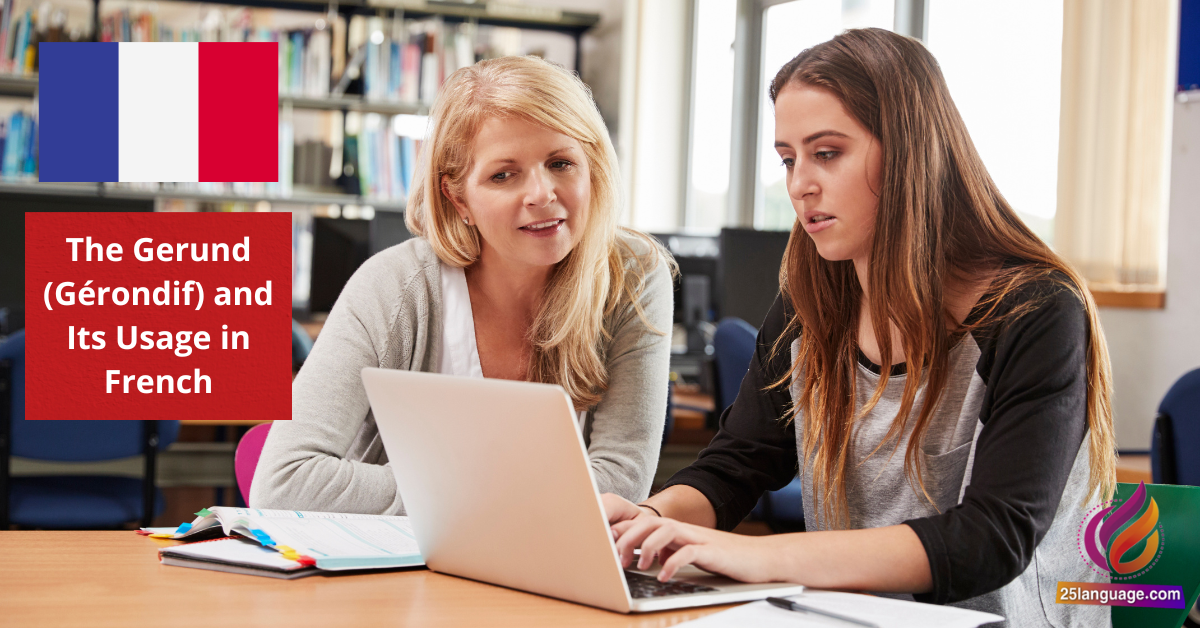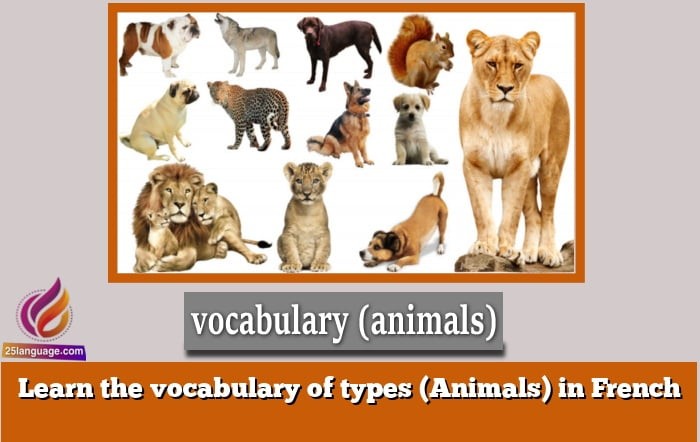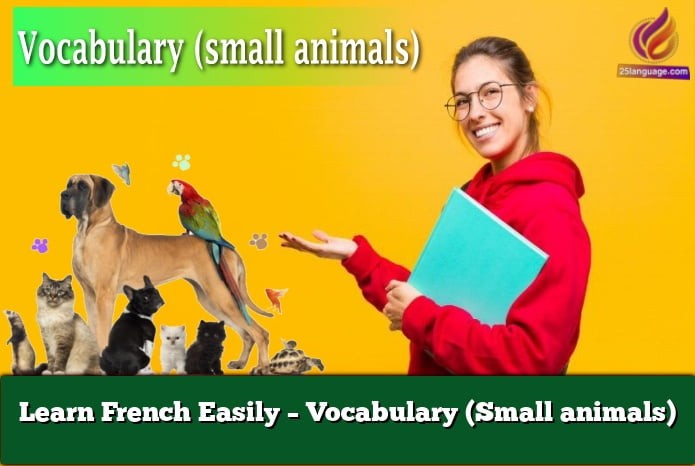The Gerund Gérondif and Its Usage in French

Unlocking the beauty of the French language frequently enough involves mastering its unique structures, and today, we’ll explore the enchanting world of the gerund (gérondif). This versatile grammatical form allows you to express actions in a fluid and dynamic way.By learning how to use the gérondif, you’ll enhance your conversational skills, making your French sound more natural and sophisticated. Let’s dive into this essential aspect that will elevate your language proficiency!
Understanding the Gerund in French Grammar
In French, the gerund is formed using the present participle of a verb, which is typically constructed by taking the nous form of the verb in the present tense, dropping the -ons ending, and adding -ant. It is primarily used to express an action that is simultaneous with another action or to indicate cause or manner. Key points to remember include:
- The present participle is formed from the verb’s nous form.
- The gerund is often introduced by the preposition en.
- It is indeed used for actions happening simultaneously occurring.
For example, in the sentence Je mange en regardant la télévision, which translates to I eat while watching television, the gerund regardant indicates the action of watching is occurring at the same time as eating. Similarly, En étudiant, tu vas réussir means By studying, you will succeed, using the gerund to express the means by which success is achieved.
| French Example | English Translation | Description |
|---|---|---|
| Il voyage en lisant | He travels while reading | Shows simultaneous actions. |
| Elle a appris en pratiquant | She learned by practicing | Indicates learning as the result of practice. |
| Nous parlons en marchant | We talk while walking | Describes two actions happening together. |
Exploring the functions of the Gérondif
the Gérondif is a distinctive French grammatical structure that conveys actions or states of being occurring together with the main verb. It is formed by taking the present participle of a verb and adding the preposition “en.” The structure is useful in various contexts, primarily to indicate cause and effect or to provide additional facts about the action in the main clause. As an example, “En mangeant une pomme, je me sens mieux” translates to “By eating an apple, I feel better.” Here, the act of eating is directly linked to the feeling of improved health.
additionally, the Gérondif can be employed to express conditions or circumstantial nuances. It allows sentences to flow more smoothly while providing context. For example, “En travaillant dur, ils réussiront” means “By working hard, they will succeed.” In this sentence, the Gérondif articulates the condition of hard work as a requirement for success. A few crucial points to remember about the Gérondif include:
- It is primarily used for actions that happen at the same time as the action of the main verb.
- The Gérondif conveys additional information or offers explanations regarding the main action.
- It can also indicate a condition related to the primary action.
| French Example | Rule | English Translation |
|---|---|---|
| En lisant, il a appris beaucoup. | Indicates simultaneous actions. | By reading, he learned a lot. |
| En parlant doucement, elle a apaisé les enfants. | Provides additional context to the action. | By speaking softly, she calmed the children. |
| En se levant tôt, il évite les embouteillages. | Expresses a condition or means. | By getting up early, he avoids traffic jams. |
Practical Applications of the Gerund in Everyday French
In French, the gerund is formed using the preposition en followed by the present participle of the verb, which is created by taking the -ons form of the nous present tense conjugation and replacing it with -ant. The gerund is used to express simultaneous actions or to indicate the manner in which an action occurs. Here are some common uses:
- To indicate an action occurring simultaneously: Il écoute de la musique en travaillant. (He listens to music while working.)
- To show the method: Elle a réagi en souriant. (She reacted by smiling.)
- To express a cause: En se levant tôt, il a réussi à attraper son train. (By getting up early, he managed to catch his train.)
| French Example | Rule | English Translation |
|---|---|---|
| En lisant, elle apprend beaucoup. | Simultaneous actions | By reading, she learns a lot. |
| Il a réussi en s’entraînant. | Expressing the manner of the action | He succeeded by training. |
| En voyageant, il découvre de nouvelles cultures. | Indicating a cause | By traveling,he discovers new cultures. |
Mastering the Use of the Gérondif for Effective communication
The Gérondif is a form in French that expresses an action or a situation in a simultaneous or causal manner. It is formed using the preposition “en” followed by the present participle of the verb. This construction can lend variety and depth to your conversations and writing. Here are some essential points to keep in mind when using the Gérondif:
- It indicates two actions occurring simultaneously occurring: En lisant un livre, j’ai appris beaucoup. (By reading a book, I learned a lot.)
- It shows cause or reason: En travaillant dur, elle a réussi. (By working hard, she succeeded.)
- It can express a condition: En étant poli, tu obtiendras du respect. (By being polite, you will earn respect.)
| French Example | Rule | English Translation |
|---|---|---|
| En chantant,elle s’est sentie heureuse. | Indicates simultaneous actions | By singing, she felt happy. |
| En voyageant en France, j’ai découvert la culture. | Expresses cause/reason | By traveling in France, I discovered the culture. |
| En faisant du sport, tu restes en bonne santé. | Shows a condition | By doing sports, you stay healthy. |
The Way Forward
aujourd’hui nous avons exploré le gérondif en français,un outil précieux pour enrichir votre expression orale et écrite. Nous avons vu que le gérondif est formé en utilisant “en” suivi du participe présent, et qu’il est utilisé pour décrire des actions qui se produisent simultanément, pour justifier une action, ou pour apporter des précisions à une situation.
N’oubliez pas les exemples que nous avons discutés, tels que “En mangeant, il écoute de la musique” et “En travaillant dur, on réussit.” Ces structures vous permettent de créer des phrases plus fluides et naturelles, tout en ajoutant de la nuance à vos propos.
Je vous encourage à pratiquer le gérondif dans vos conversations quotidiennes et vos écrits. Essayez d’incorporer le gérondif dans des phrases à partir de votre propre expérience et observez la différence qu’il apporte à votre communication.Comme toujours, l’apprentissage d’une langue est un voyage, et chaque étape que vous franchissez vous rapproche de votre objectif. Vous êtes sur la bonne voie, continuez à explorer et à expérimenter avec cette belle langue qu’est le français. Bon courage et à bientôt pour de nouvelles découvertes linguistiques !





























